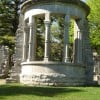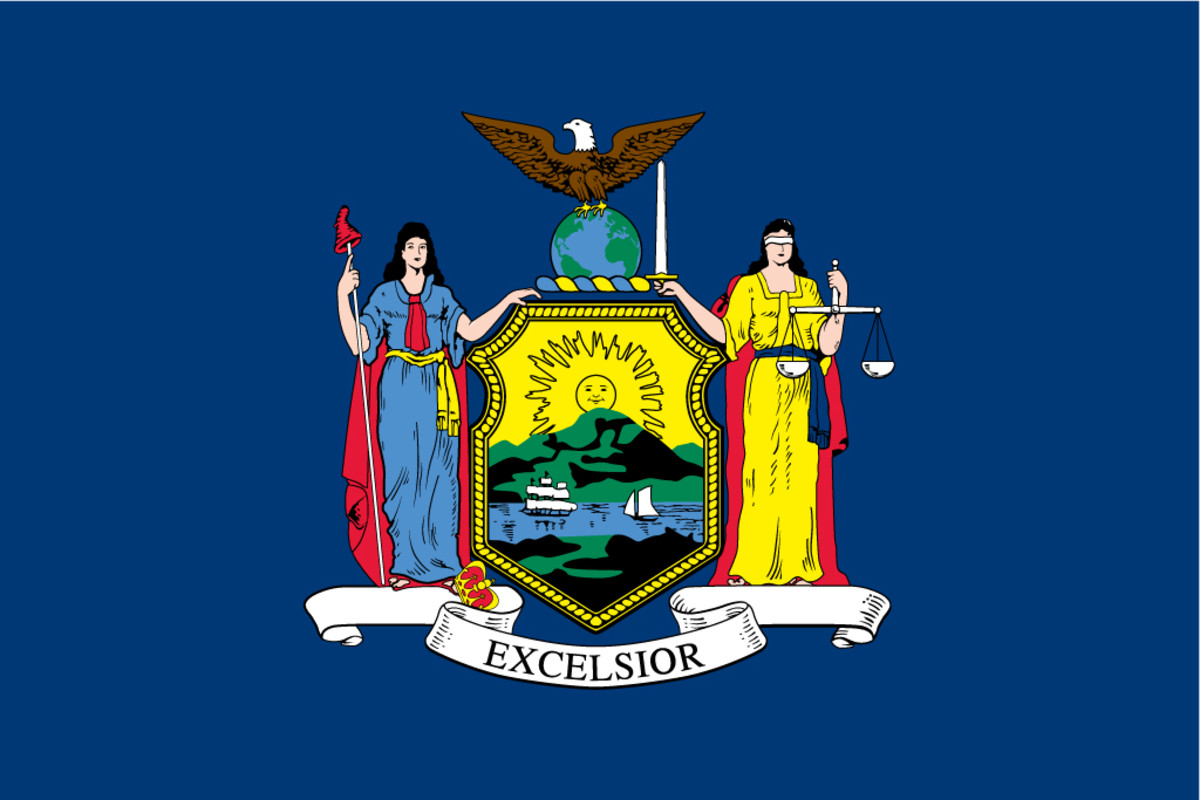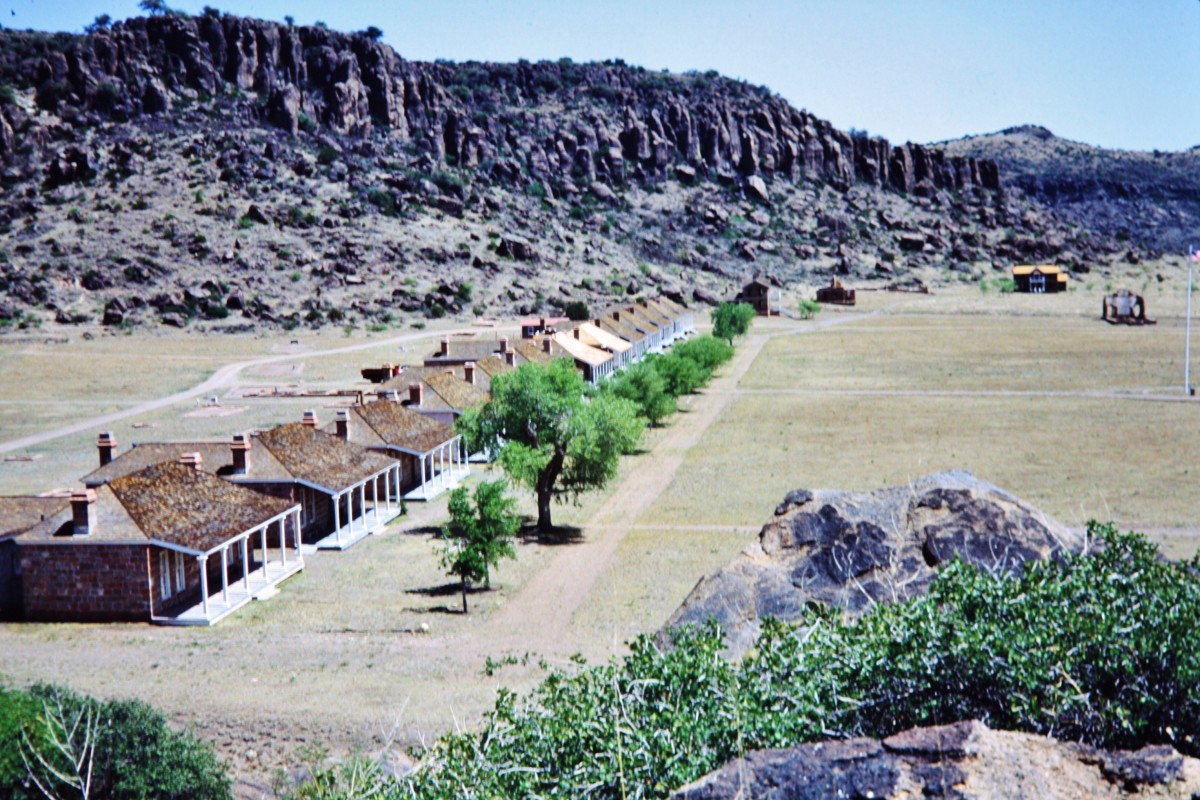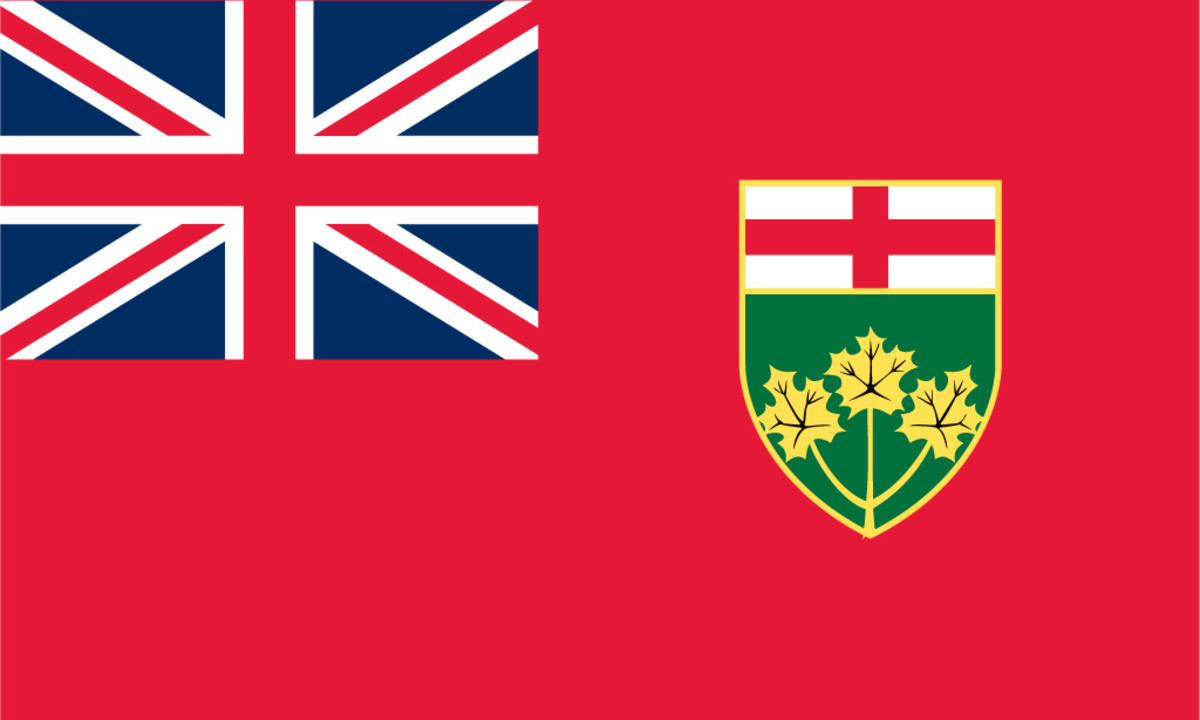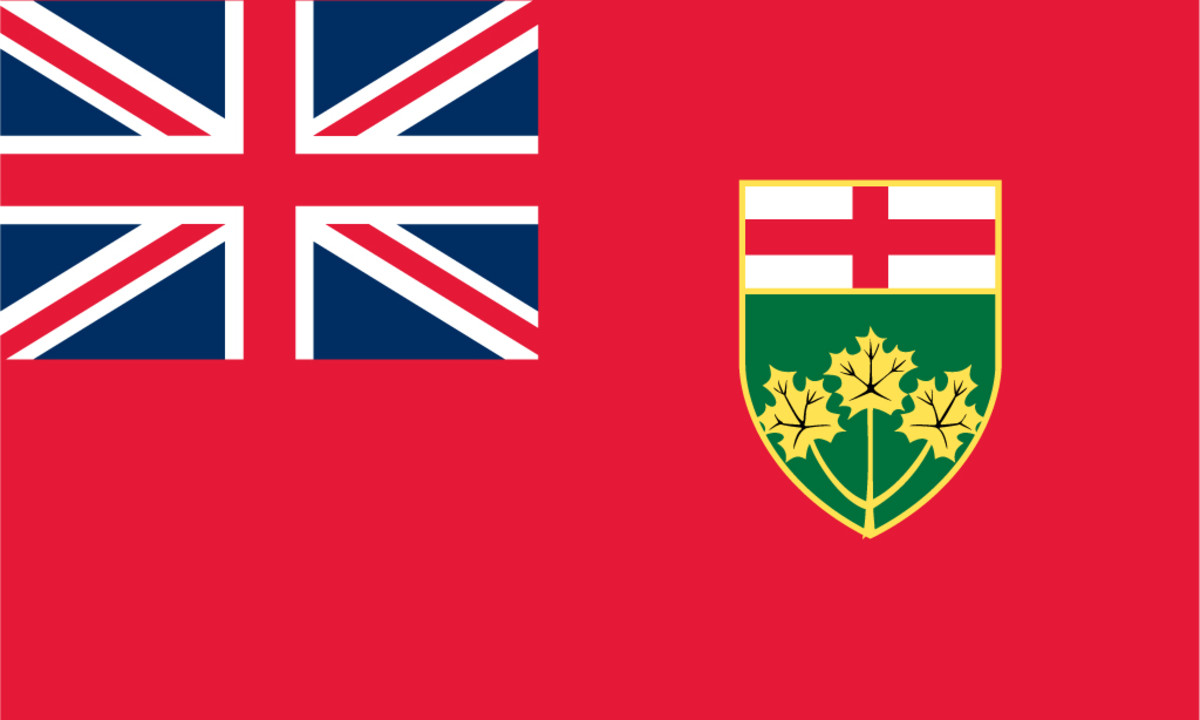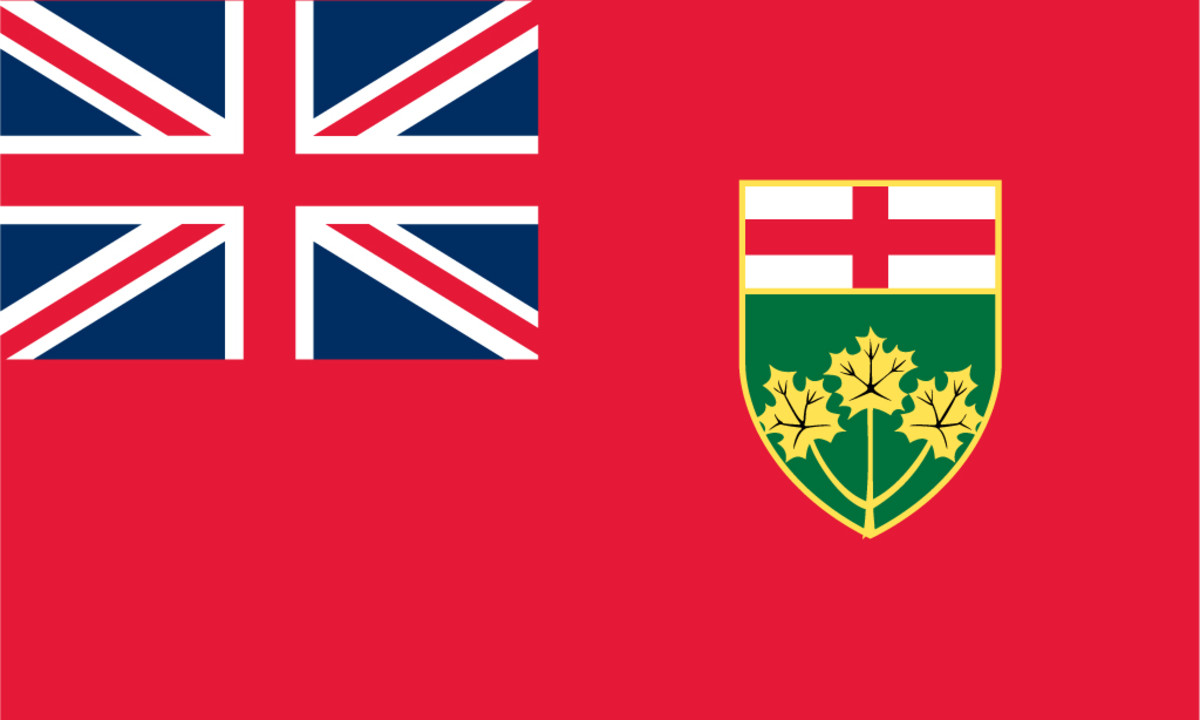Visiting Woodside, Kitchener, Ontario: Boyhood Home of William Lyon Mackenzie King and National Historic Site
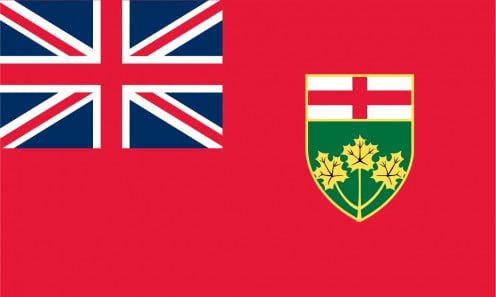
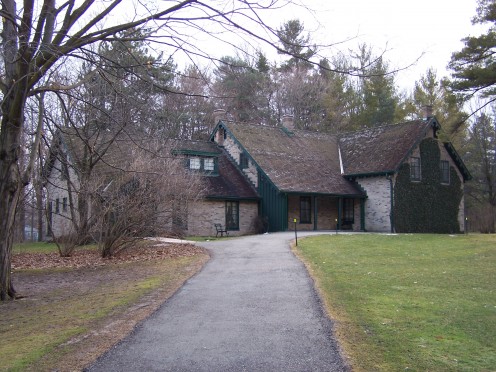
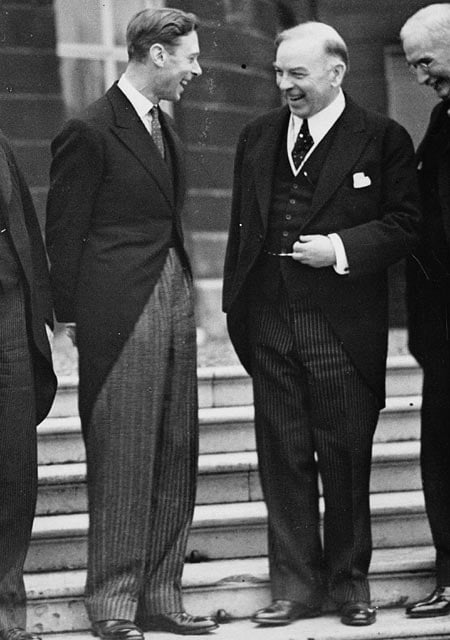
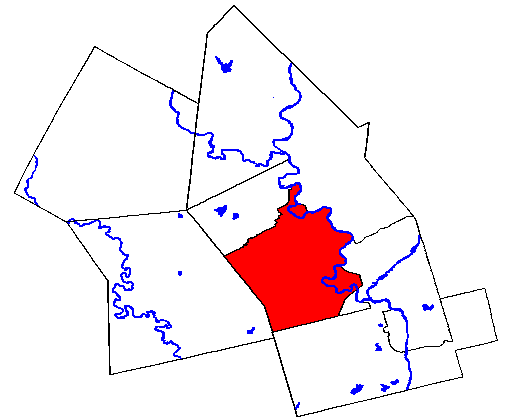
Remembering some deep roots of Canada's longest-serving Prime Minister
William Lyon Mackenzie King's status as grandson to reformist rebel William Lyon Mackenzie is often cited; historian Robert Bothwell's contention that 'he resembled his grandfather in almost no respect' (1) is, in turn, widely overlooked. However, at Woodside, in Ontario's Kitchener, the formative background of a late-19th century community is impossible to ignore.
When Mr King lived here at Woodside as a boy, the city was not called Kitchener, but Berlin, by way of tribute to the heritage of the many German-Canadians who lived in the area. But later came World War One, and, in the view of some — mostly ethnic English — supporters of the war, the loyalty of local German-speaking families became supposedly suspect (2). Thus, the former Berlin hastily took on the safe-sounding name of a British General viewed as a hero in the annals of Empire history.
Some features of Woodside
In any case — at Berlin or Kitchener — Woodside is where William Lyon Mackenzie King (1874-1950) lived between the years 1886 and 1893. The property was eventually bought by Mr King and later given to the nation; its association with Mr King in his formative years has been cited by the Historic Sites and Monuments Board of Canada for its status as a National Historic Site of Canada.
The house was built in 1853 by Barrister James Colquhoun. This resident remained there until his death in 1877. Many years later, the Mackenzie King Woodside Trust worked to preserve and restore the house. Woodside is now administered by Parks Canada.
The gardens at Woodside extend to 4.65 hectares; these include woodland and extensive lawns; a lily pond and a Tulip tree well over a hundred years old, planted by John King, the Prime Minister's father.
Woodside thus recalls the life of the King family in late-Victorian Ontario, when historical memories and sensibilities retained especially strong connections with Great Britain. The basement area of the house contains museum displays and a seating area for the showing of commemorative films about the life and times of William Lyon Mackenzie King. One is struck by a sense of Mr King's strongly British identity, but also of his and Canada's increasing links with the United States in the early decades of the 20th century. His friendship with and work for John D. Rockefeller, Jr., and his expertise in labour relations, contributed to bringing Mr King deep and lasting connections with professional and economic leaders in the United States. The coming of the Depression in the 1930s (during some of the crucial years of which he was out of office) and, subsequently, the upheavals of World War Two brought into increasingly sharp focus the economic and political commonality of interests between Canada and the United States. The museum commemorations at Woodside trace through Mr King's life this transition from the strongly British and Victorian era to Canada's emergence — particularly in wartime — as the player of a prominent role in international affairs.
On a regular basis, Citizenship and Nationality Canada takes over the property in order to host citizenship ceremonies; these events are particularly poignant from an historical perspective, since William Lyon Mackenzie King became the first citizen of Canada in 1947, after his government introduced a new citizenship law. Indeed, a certificate commemorating this event is on display at Woodside.
Mackenzie King and Meighen: transitions, dissonance and continuities
Another Ontario-born Prime Minister, contemporary with Mr King, and for whom a strong sense of British identity was especially meaningful, was Arthur Meighen (1874-1960). Mr Meighen preceded Mr King as Prime Minister of Canada, and briefly succeeded him in that office in 1926, before being in turn succeeded by Mr. King again. It may be said that Mr Meighen's sense of British heritage and strong involvement with the war effort in World War One caused him at times to be unable to distinguish between the interests of Canada's internal cohesion and the shorter-term interests of the British government. For example, his robust idea of governance included addressing Quebec audiences while boasting of his pride at imposing Conscription there. In contrast, William Lyon Mackenzie King remained loyal to Liberal leader Sir Wilfrid Laurier, who had misgivings about Conscription during World War One, and refused to desert him as did the National Liberals over this issue. Afterwards, from 1919, Mr King, whose loyalty to Sir Wilfrid was combined with a certain suppleness of ideology and a verbal subtlety sometimes lacked by Arthur Meighen, took on the mantle of Liberal leader in 1919, and continued in that capacity until 1948. He thus served as Prime Minister 1921-1926, 1926-1930 and 1935-1948.
In 1941/42, Arthur Meighen attempted a come-back as Conservative leader, notably taking up the claim that Mr King was supposedly not aggressive enough in his prosecution of World War Two; Mr. Meighen's efforts were curtailed when he lost a by-election in Toronto. It is thus interesting to note that, while Mr. King was the longest-serving Canadian Prime Minister, Mr. Meighen was Canada's Prime Minister with the longest retirement.
To some extent, it may be deduced that Mr King learned a measure of restraint and respect regarding ethno-linguistic complexities from his Berlin/Kitchener background (3), which also would serve him well during the later controversies about Conscription and within the broader framework of relations between English Canada, the Dominion (or Federal) government and Quebec. In any case, the transitions of his early life ensured that, to borrow a phrase from Reg Whitaker later used about Pierre Elliott Trudeau, for Canadians, Mr King would remain 'close to the heart of our central dilemmas' (4).
Notes
(1) Robert Bothwell, A Short History of Ontario , Edmonton: Hurtig Publishers, Ltd., 1986, p. 127.
(2) Interestingly, in Upstate New York's Bergholz, not far from the Canadian border, the large German-American community kept its German name through two World Wars and many of its inhabitants with German-origin surnames served with distinction in the US armed forces. The elemental xenophobia in existence in English Canada during World War One, culminating in hostility to German Canadians and in the deep strife of the Conscription Crisis in Quebec, was of a peculiarly virulent ethno-linguistic strain.
(3) Ulrich Frisse has even argued that the relationship between Mr King and Berlin's German-speaking community was an essential element of his political outlook. (See: Ulrich Frisse, 'The Missing Link: Mackenzie King and Canada's "German Capital" ', in: John English, Kenneth McLaughlin and P. Whitney Lackenbauer ed., Mackenzie King: Citizenship and Community , Toronto: Robin Brass Studio, 2002, p. p. 18-34.)
(4) Reg Whitaker, quoted in John English, Just Watch Me: The Life of Pierre Elliott Trudeau 1968-2000 , Alfred A. Knopf Canada, p. 417. Professor English also highlights Reg Whitaker's view that Pierre Elliott Trudeau exemplified a quintessentially Canadian restraint from the twin challenges of Quebec nationalism and the North American pursuit of materialism: surely part of the heartbeat of the otherwise obscurely prosaic and inscrutable William Lyon Mackenzie King?
Also worth seeing
West Montrose (distance: 20 kilometres) has an historic Covered Bridge, dating from 1880.
Elora (distance: 30.4 kilometres); its picturesque Mill on the Grand River is a visitor attraction.
St Jacobs (distance: 12.5 kilometres) is a photogenic village with Mennonite heritage.
...
How to get there: Air Canada, flies to Toronto Pearson Airport, with wide North American and other connections, from where car rental is available. (Distance from Toronto Pearson to Kitchener: approx. 88.8 kilometres.) WestJet and Bearskin Airlines fly to Region of Waterloo International Airport, from where car rental is available, from Calgary and Ottawa respectively. (Distance from Reg. of Waterloo Int. Airport to Kitchener: approx. 13.1 kilometres.) Some facilities may be withdrawn without notice. For up to date information, please check with the airline or your travel agent.
MJFenn is an independent travel writer based in Ontario, Canada.
